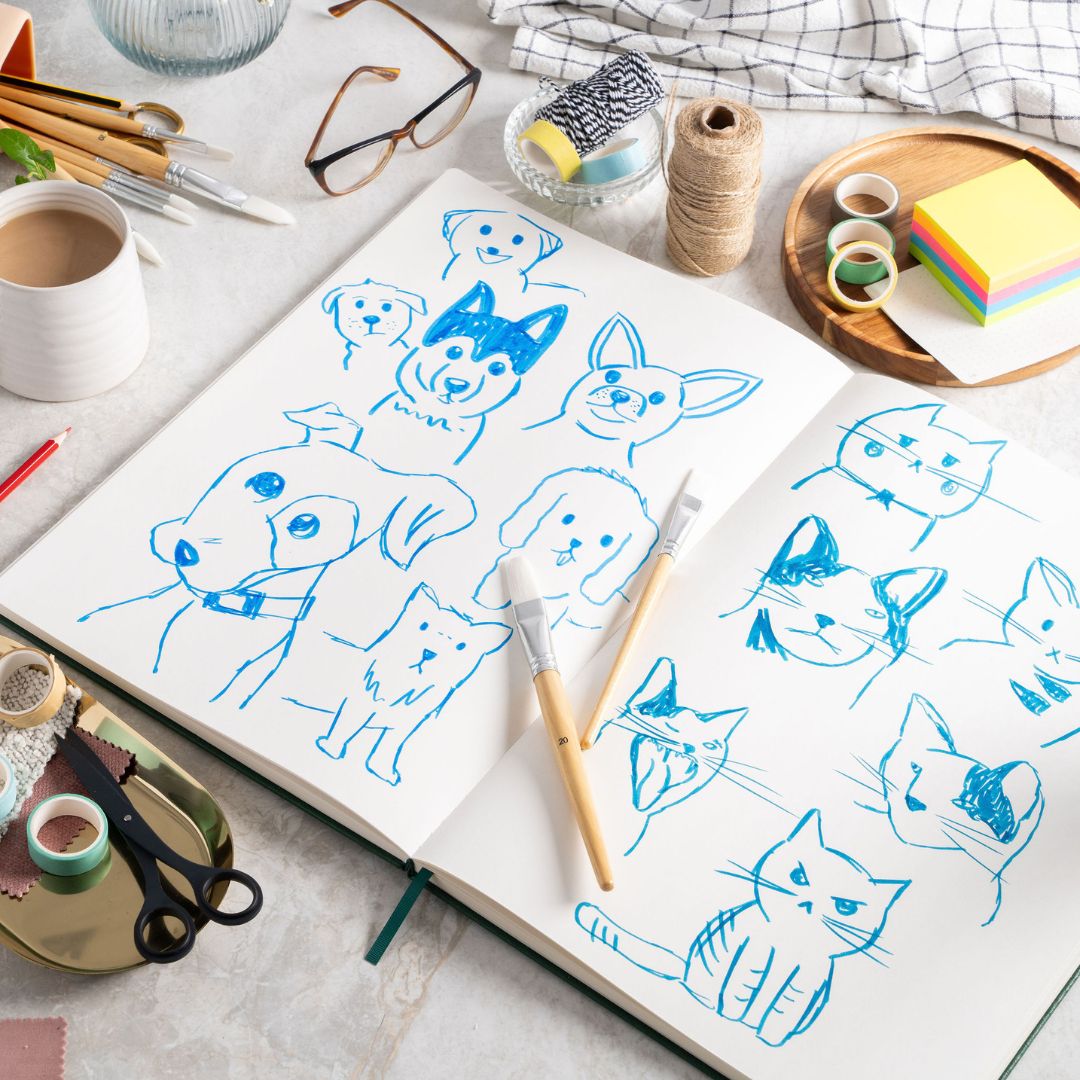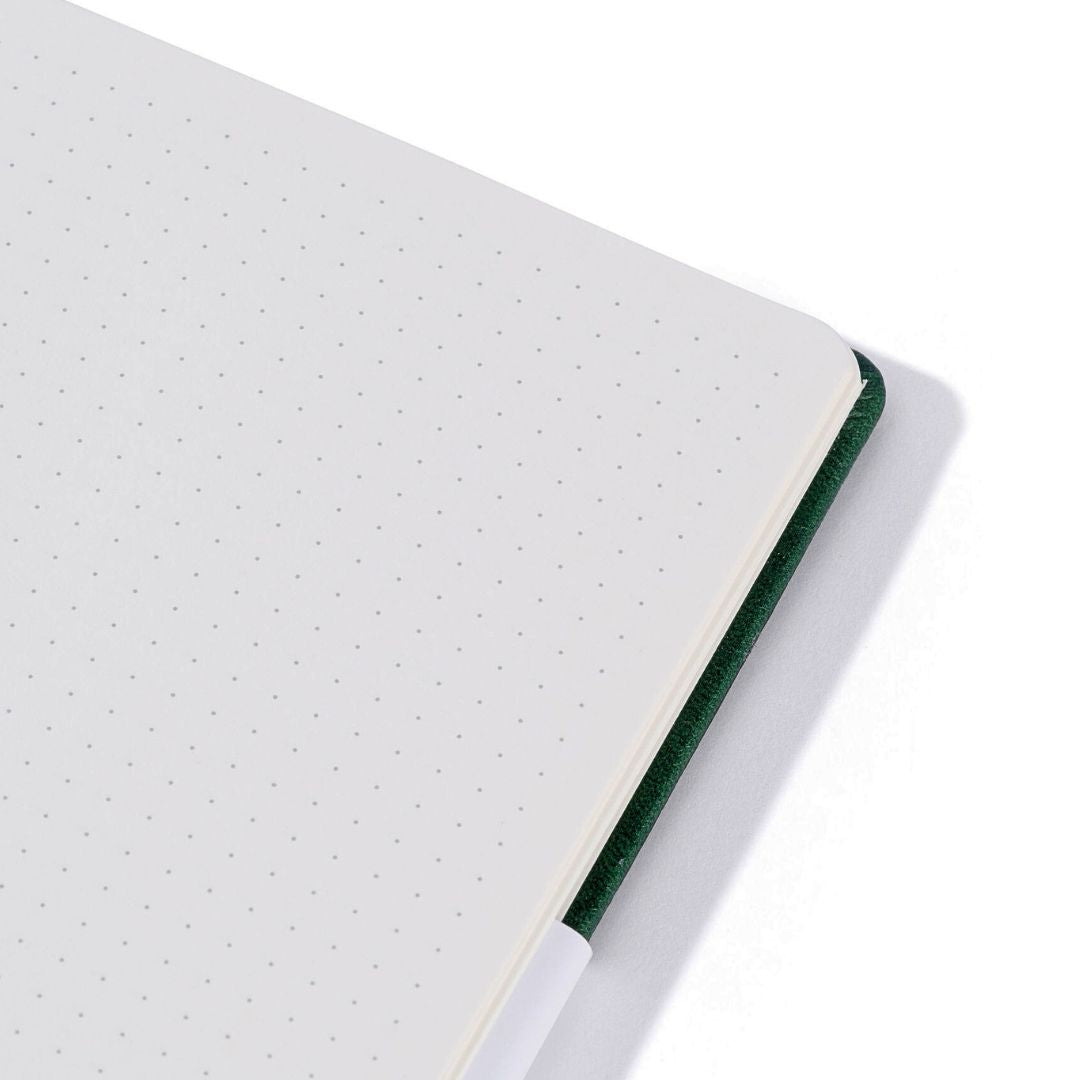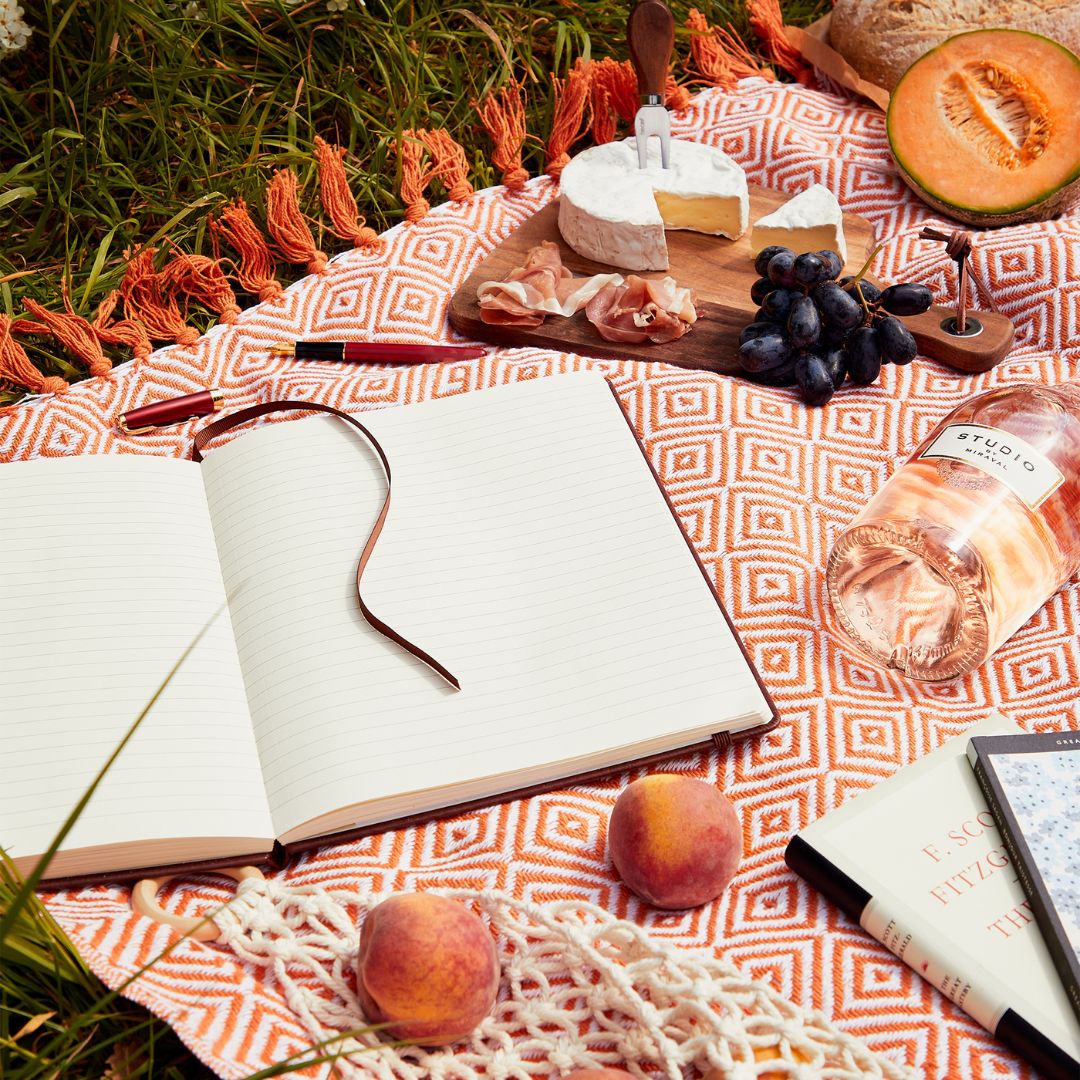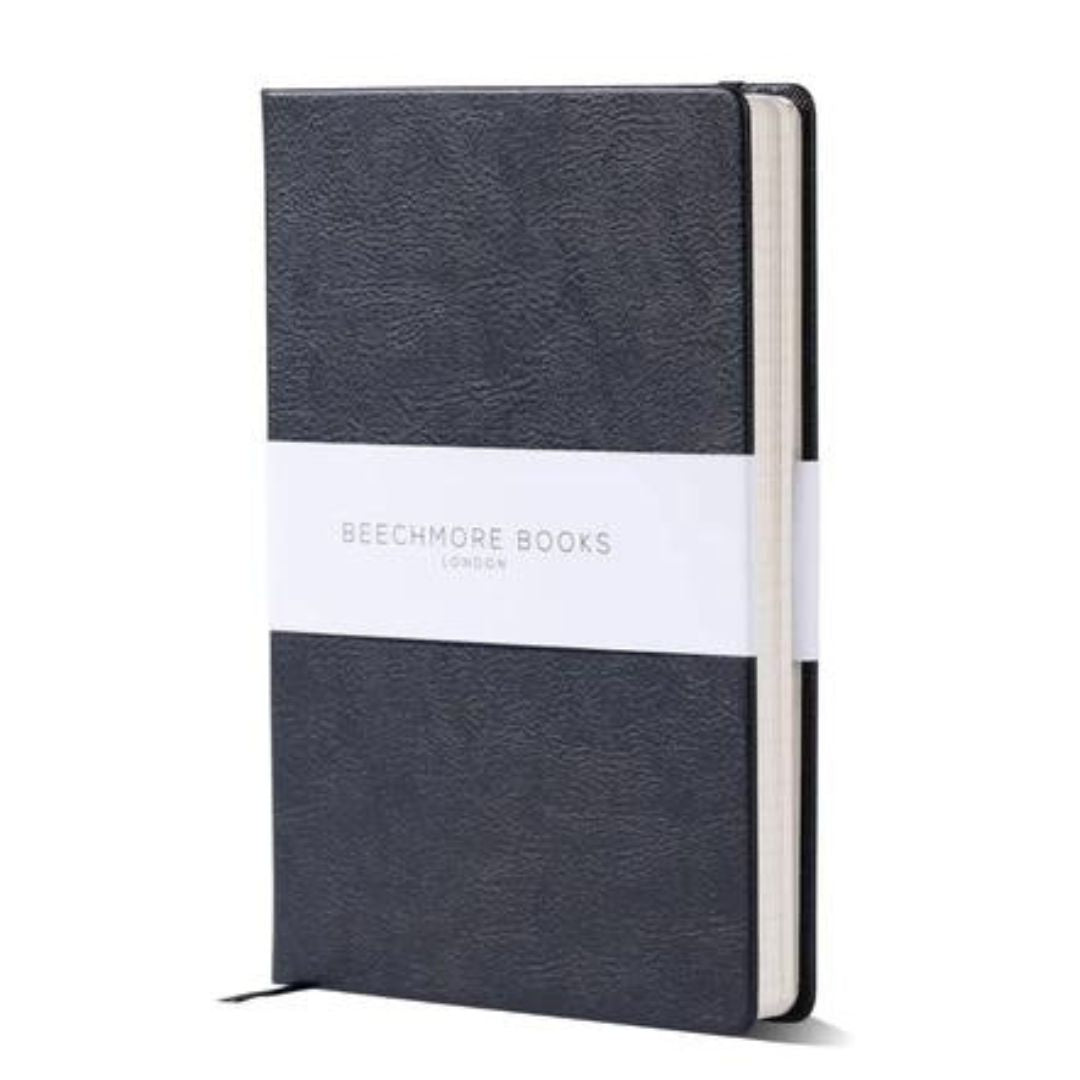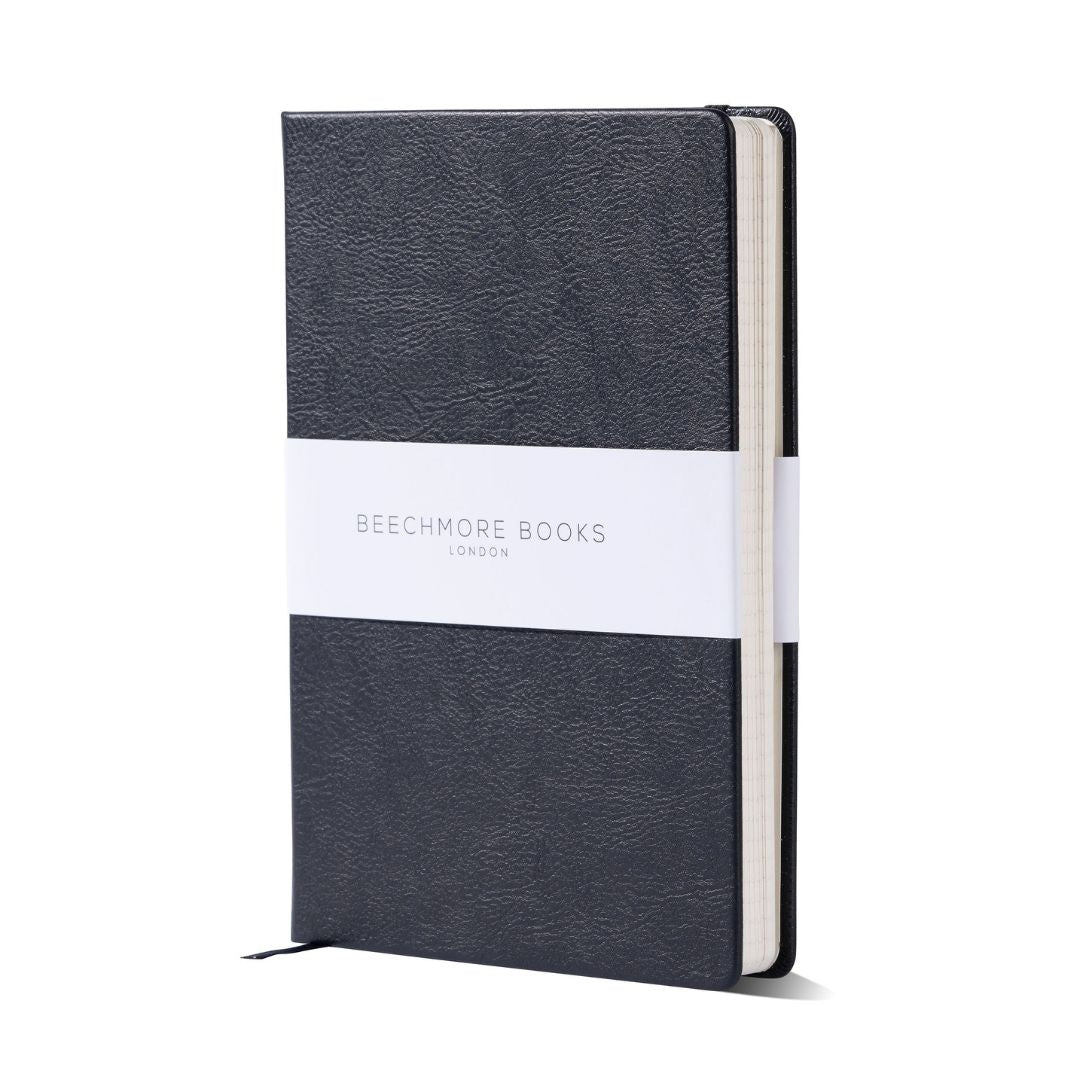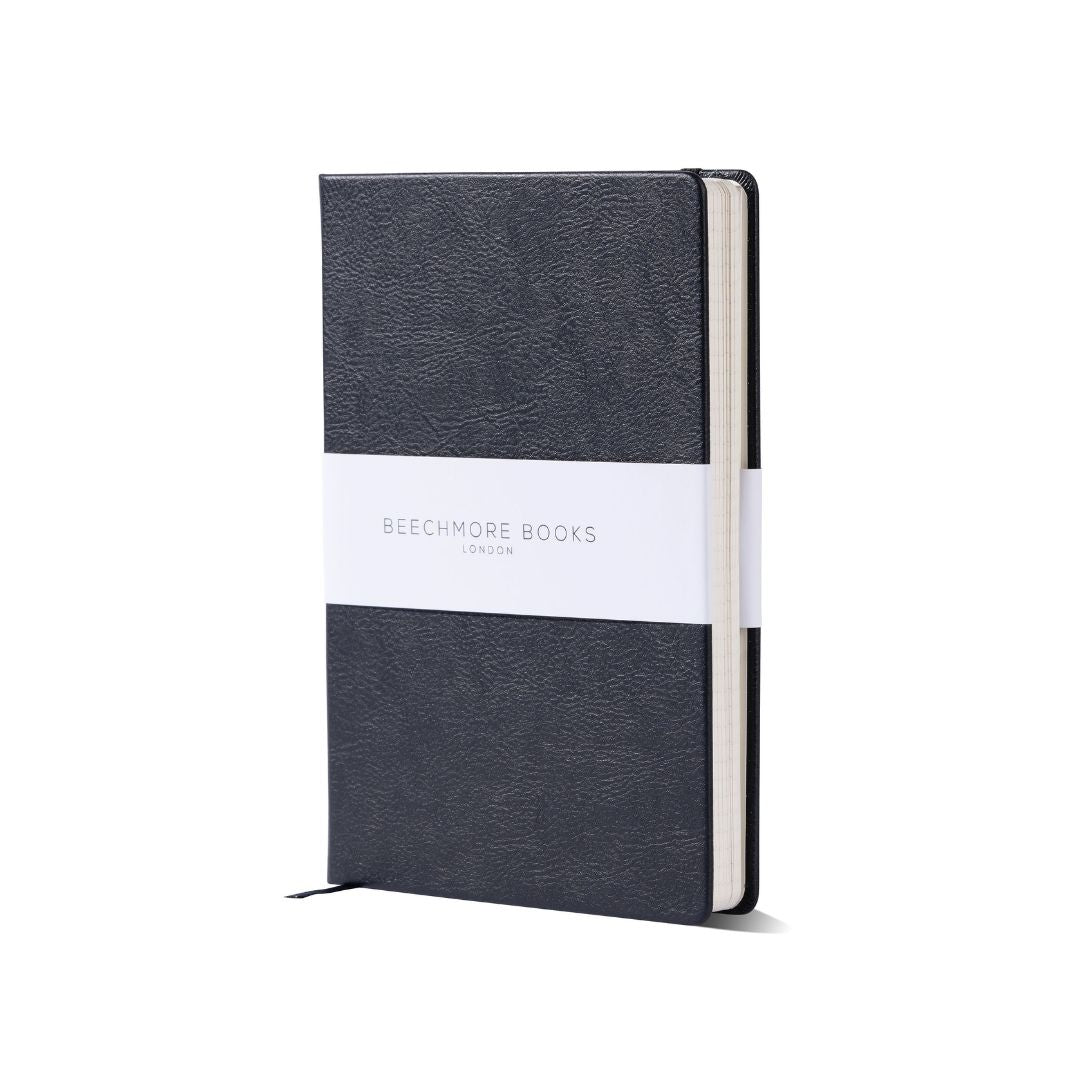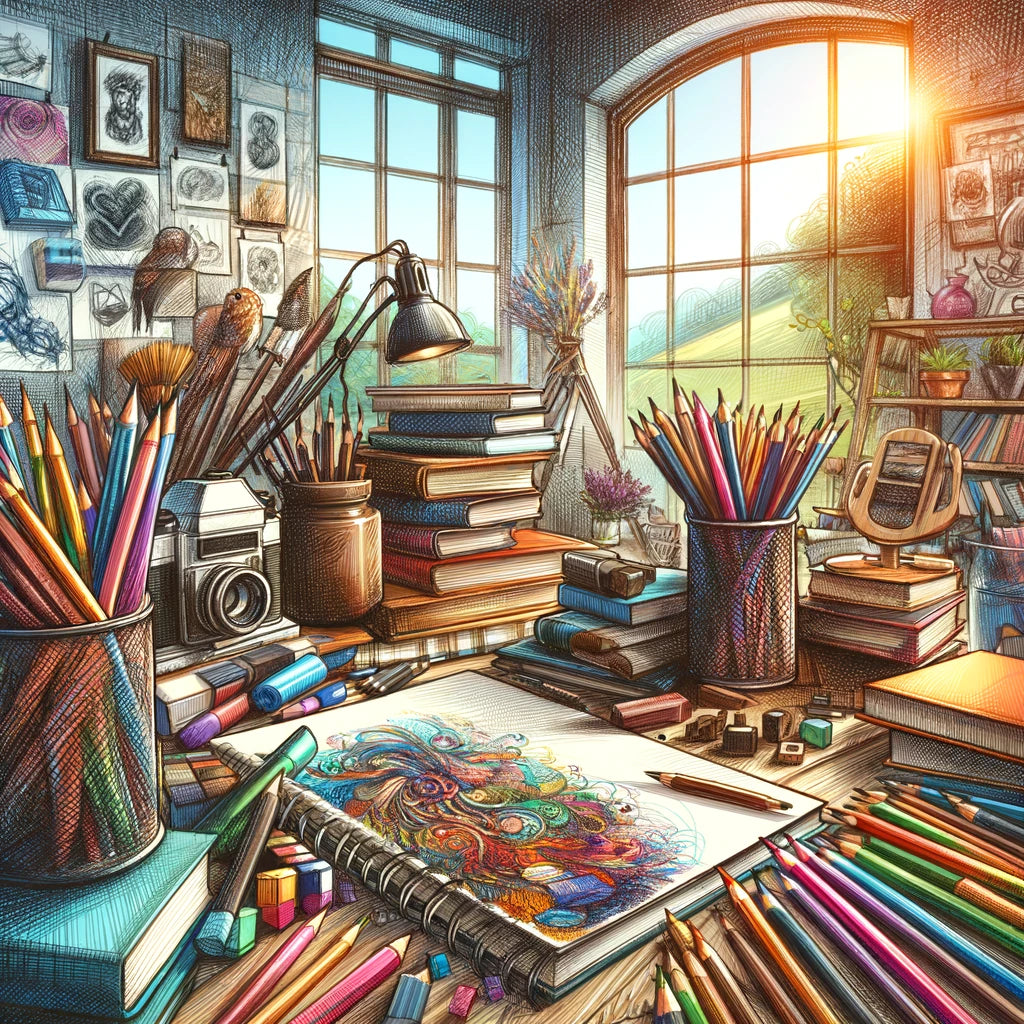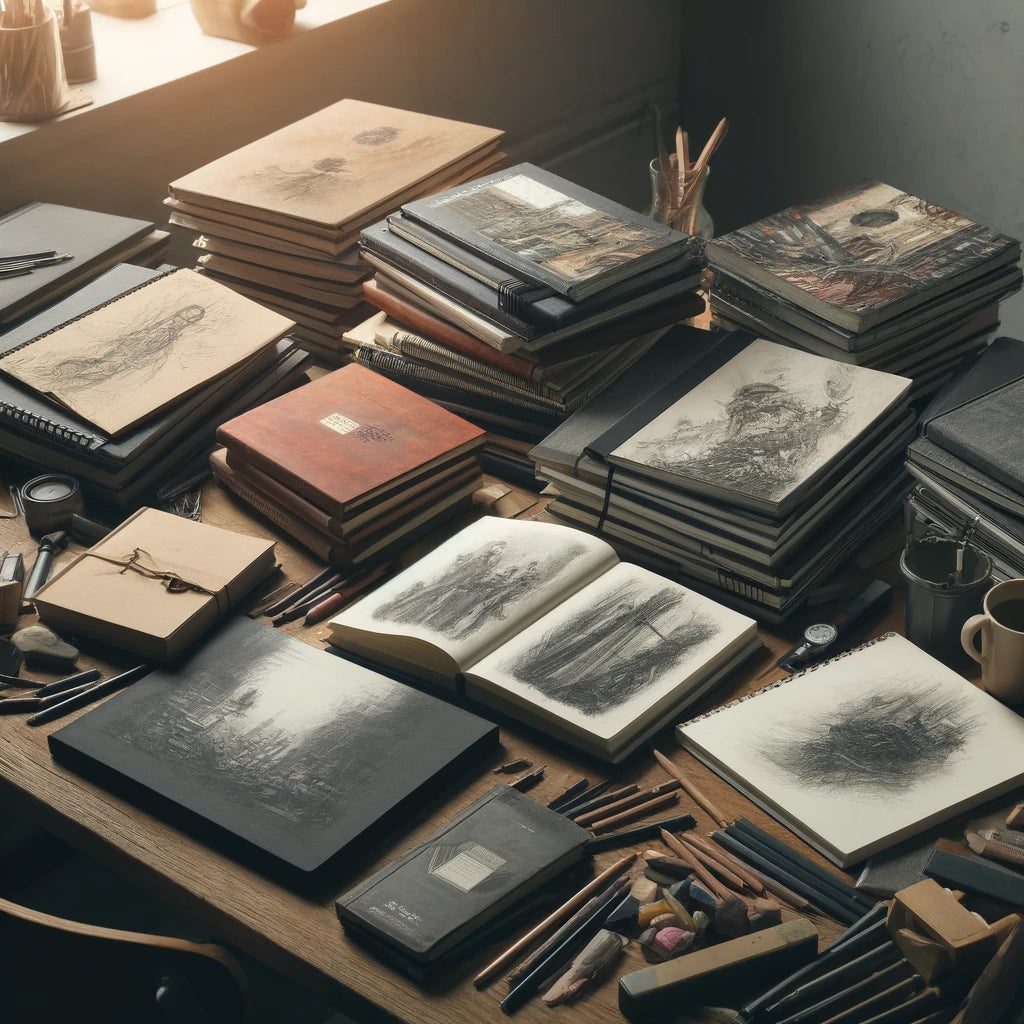Hey there, fellow art enthusiast! I know how it feels to stare at a blank page, pencil in hand, wondering where to start. That's where a fantastic drawing book comes in – it's like having a personal art coach right by your side.
But with so many options out there, how do you choose the perfect one? Don't worry, I've got you covered. I've scoured the shelves and tested countless drawing books to bring you the cream of the crop.
Whether you're a total beginner or a seasoned pro, there's a drawing book out there that will help you take your skills to the next level. So grab your sketchpad and let's find your new favorite art companion!
Table of Contents:
- Types of Drawing Books
- Essential Drawing Supplies
- Developing Your Drawing Skills
- Drawing Inspiration from Everyday Life
- Embracing Digital Drawing
- Engaging Drawing Books for Adults
- See My Faves on Amazon.
- How to Draw Books Adults Will Love to Learn From
- How to Draw Books that Elevate the Everyday to Art
- Conclusion
Types of Drawing Books
When it comes to drawing books, there's no shortage of options to choose from. You've got your portraiture and figure drawing books, cartooning and manga books, pencil and colored pencil books, marker and pen-and-ink books, perspective and proportion books, drawing books for kids, graphic design books, and even zen doodling and tangle books. It's like a buffet of artistic possibilities. One of the best things about drawing books is the sheer variety of genres available. Want to learn how to draw lifelike portraits? There's a book for that. Interested in creating your own comic strip? Yep, there's a book for that too. From realistic landscapes to whimsical doodles, there's a drawing book out there for every style and interest.
Finding the Right Book for Your Skill Level
Of course, with so many options, it can be tough to know where to start. That's where skill level comes in. If you're a beginner, look for books that cover the basics, like understanding shapes, lines, and shading techniques. More advanced artists might prefer books that dive into specific techniques or styles, like mastering perspective or creating abstract art.
Choosing Between Physical and Digital Formats
Another decision you'll need to make is whether to go with a physical book or a digital one. Physical books are great for those who prefer a tactile experience and like having a tangible reference to flip through. Digital books, on the other hand, offer the convenience of being able to access them on various devices and often include interactive features like video tutorials or downloadable templates.
Essential Drawing Supplies
Of course, no matter what type of drawing book you choose, you'll need the right supplies to bring your creations to life. Let's take a look at some of the essential tools of the trade. First up, pencils. Graphite pencils come in various grades, from hard (H) to soft (B), allowing you to create a range of tones and textures. Colored pencils are perfect for adding vibrant hues to your drawings, while charcoal pencils are great for creating deep, rich tones.
Paper Options for Different Media
Next, let's talk paper. The type of paper you choose can have a big impact on the final result of your drawing. Smooth bristol paper is ideal for detailed work with pencils or pens, while textured paper can add depth and character to your drawings. Sketchbooks come in various sizes and paper weights, making them perfect for on-the-go drawing.
Accessories to Enhance Your Drawing Experience
Finally, don't forget about accessories. Pencil cases and pouches are great for keeping your tools organized and protected. Stumps and tortillons can be used to blend and smooth out your shading. And of course, no artist's toolkit is complete without a good eraser (or two) for correcting mistakes and creating highlights.
Developing Your Drawing Skills
Now that you've got your books and supplies, it's time to start honing your skills. Here are a few tips to help you along the way. First things first, make sure you have a solid understanding of the basics. This includes things like observing and analyzing your subject, breaking it down into simple shapes, and understanding the principles of perspective and proportion. Many drawing books offer step-by-step tutorials and exercises to help you master these fundamentals.
Practicing Regularly to Improve
Like any skill, drawing takes practice. Set aside dedicated time each day to work on your drawings, even if it's just for a few minutes. Regularly practicing various techniques and styles will help you develop muscle memory and increase your confidence as an artist.
Experimenting with Different Styles and Techniques
Don't be afraid to step outside your comfort zone and try new things. Experimenting with different styles and techniques can help you discover your unique artistic voice and expand your creative horizons. Drawing books often provide examples of various styles, from realistic to abstract, allowing you to explore and find what resonates with you.
Drawing Inspiration from Everyday Life
One of the best things about drawing is that inspiration is all around us. You just have to know where to look. Take a moment to really look at the objects around you. That coffee mug on your desk, the plant in the corner, the fruit in your kitchen. Each one has its own unique shape, texture, and character. By focusing on the details and quirks of these everyday items, you can create drawings that are both interesting and meaningful.
Capturing Moments and Memories
Drawing is also a great way to document your life and experiences. Carry a sketchbook with you wherever you go and take the time to sketch the people, places, and events that make up your day. Not only will you be practicing your skills, but you'll also be creating a visual record of your life that you can look back on for years to come.
Creating a Sketch Journal
If you really want to take your drawing practice to the next level, consider starting a sketch journal. This is essentially a combination of drawings and written reflections, allowing you to explore your thoughts and feelings alongside your visual art. It's a deeply personal and meaningful way to document your artistic journey.
Embracing Digital Drawing
While traditional drawing methods will always have a place in the art world, digital drawing has become increasingly popular in recent years. Here's what you need to know. There are tons of drawing apps and software out there, each with its own unique features and capabilities. Some popular options include Procreate, Adobe Photoshop, and Autodesk Sketchbook. These programs offer a wide range of tools and brushes, allowing you to create digital art that rivals traditional mediums.
Transitioning from Traditional to Digital Drawing
If you're used to drawing with pencil and paper, making the switch to digital can be a bit of an adjustment. But don't worry, many digital drawing tools are designed to mimic the feel of traditional mediums. With a little practice and experimentation, you'll be creating digital masterpieces in no time.
Combining Traditional and Digital Techniques
Of course, you don't have to choose between traditional and digital drawing. In fact, many artists find that combining the two can lead to some pretty amazing results. Try starting a drawing with pencil and paper, then scanning it into your computer and adding digital color and texture. The possibilities are endless.
See My Faves on Amazon.
Do you want to learn how to draw? I had a teacher tell me once that drawing wasn't about moving a pencil across a page. It was about seeing. As adults, our interests and what we would like to draw are different than when we were children. And we see differently. You need books that will engage you and that you'll want to use. To encourage you to draw as an adult, in this post, I'll tell you what my top 3 picks are for how to draw books adults love.
How to Draw Books Adults Will Love to Learn From
- Draw Every Little Thing by Flora Waycott (beginner)
- 50 Ways to Draw Your Beautiful Ordinary Life: Practical Lessons in Pencil and Paper (Flow) by Irene Smit, Astrid Van Der Hulst, and the Illustrators of Flow (beginner to intermediate)
- Draw Your Day: An Inspiring Guide to Keeping a Sketch Journal by Samantha Dion Baker (intermediate)
How to Draw Books that Elevate the Everyday to Art
Creatives like limited amounts of instruction- we want to know just enough to get us off and running so we're actually DOING something. Then we'll run full out until we hit an obstacle. After bouncing off it, we'll stop, regroup, and check the instructions again. Maybe we'll look up another video or check out a book at the library. If that's your m.o. as well, then I would love to suggest a couple of books I picked up recently off Amazon. The subject matter is more adult, and that makes these guides much more interesting to adult readers.
Pick #1- Draw Every Little Thing by Flora Waycott
Pick #2- 50 Ways to Draw Your Beautiful Ordinary Life: Practical Lessons in Pencil and Paper by Irene Smit, Astrid Van Der Hulst, and the Illustrators of Flow.
With drawing, you can also start right where you are. The three drawing books I recommend are great places to begin because they encourage you to see the shapes and charm of the everyday objects around you. These aren't children's how-to-draw books that take you through how to draw a tiger, or a monster, or a super hero; it's everyday things.
Pick # 3- Draw Your Day: An Inspiring Guide to Keeping a Sketch Journal by Samantha Dion Baker
This book is designed to be a workbook and has more of an illustrative style. It gives you space in the book to work through the 50 different exercises. The basic goal of it is to teach you to draw things in your life. And to celebrate life where you are. It also gives you a ton of fun extras that are tucked into the book. I don't want to spoil the surprise, so I'll let you discover them if you decide to purchase the book.
Not to Knock Kids Books, But These Books Are For Adults
I just love the author's drawing style as well as her habit of taking the small things around us and elevating them to art. She says that through her work, she "realized how positively people respond to sketches of every day, the mundane, the ordinary. We all buy eggs and black beans, but in illustrating them, we truly see them, and they suddenly become special and beautiful." I love this outlook, and as a bonus, this meditational style of really being present is great for your mindset.
Find the perfect drawing book to match your style, skill level, and whether you prefer digital or physical formats. From capturing everyday beauty with pencils to exploring digital art apps, there's a guide for every artist. Start seeing the world through an artist's eyes today.
Conclusion
There you have it – the ultimate guide to finding the perfect drawing book for your artistic journey. If realistic faces or quirky scribbles are what you love to create, rest assured, the perfect guidebook is waiting to spark new ideas in you.
Remember, the key to growing as an artist is to keep practicing and experimenting. Don't hesitate to leave your safe space behind and experiment with fresh methods. With the right drawing book by your side, you'll be amazed at how quickly your skills improve.
So what are you waiting for? Grab your pencils, find your perfect drawing book, and let your creativity run wild. Happy sketching!

